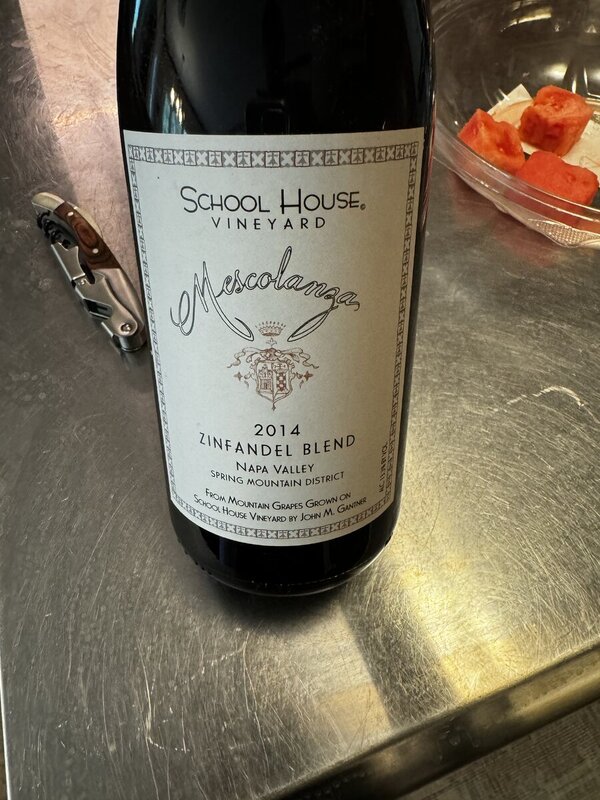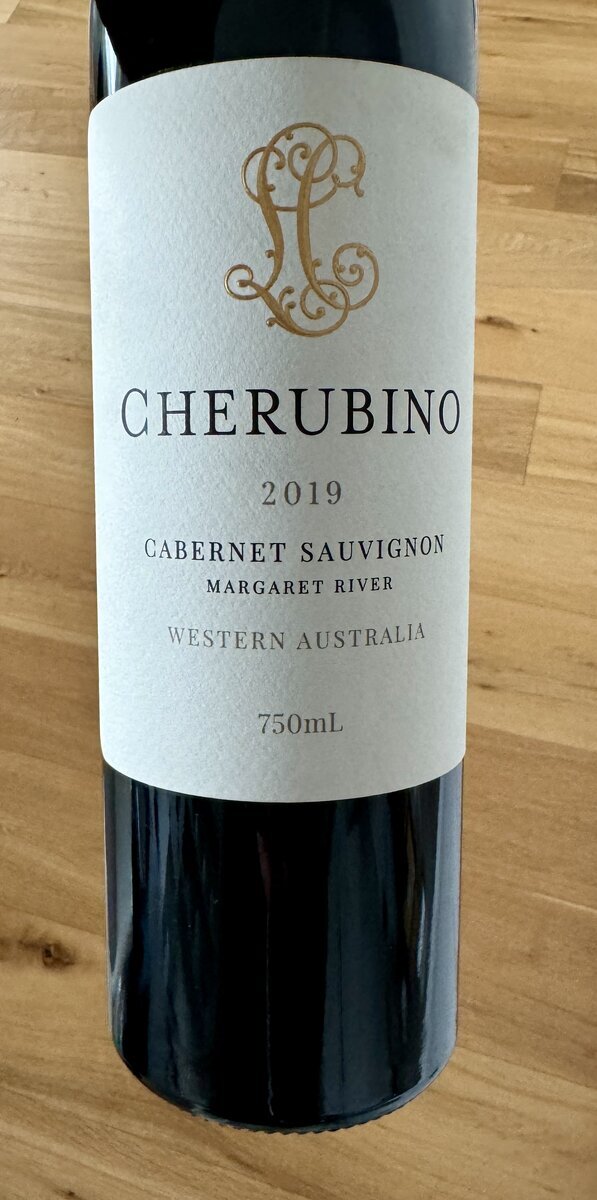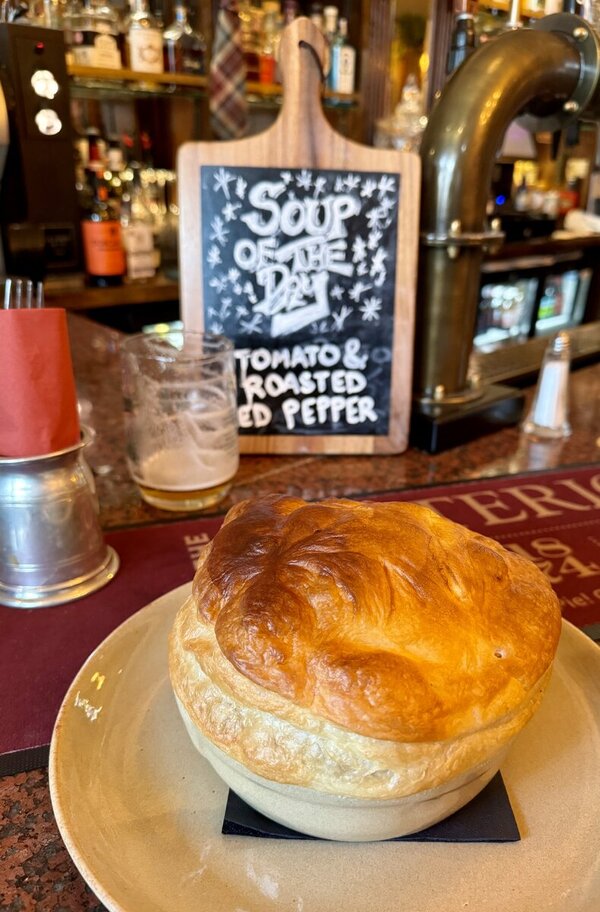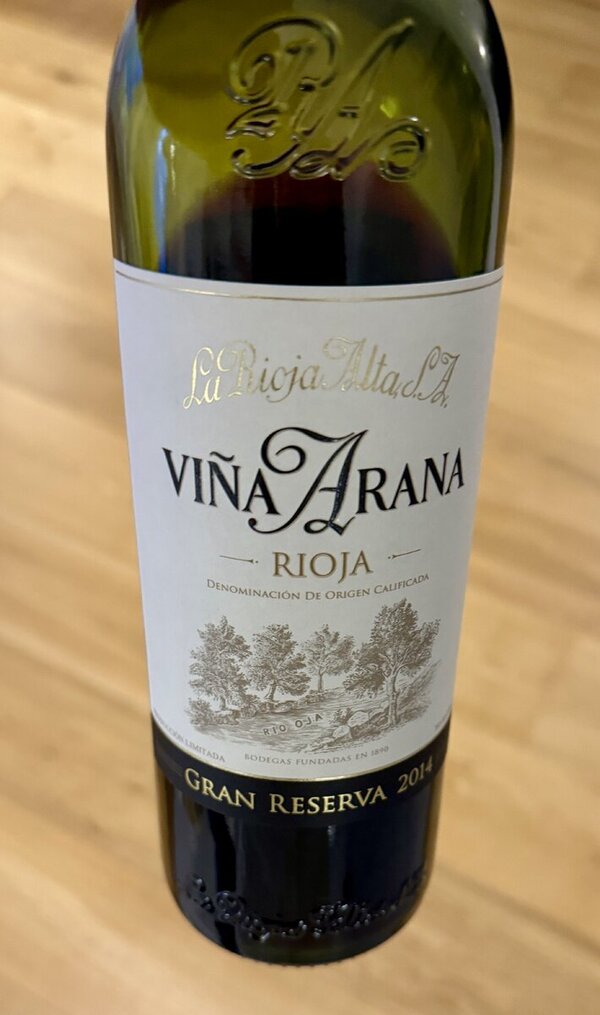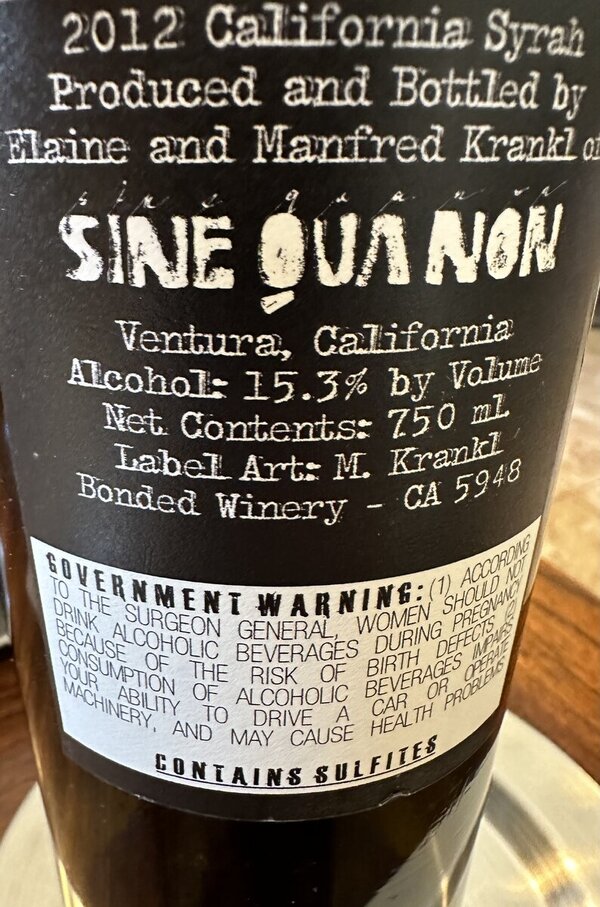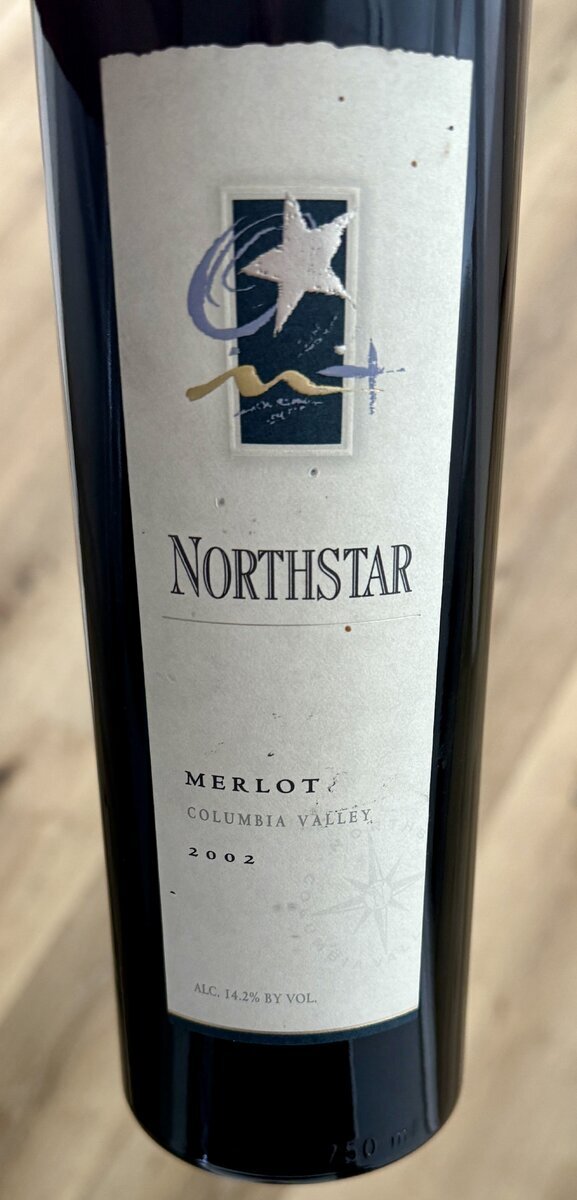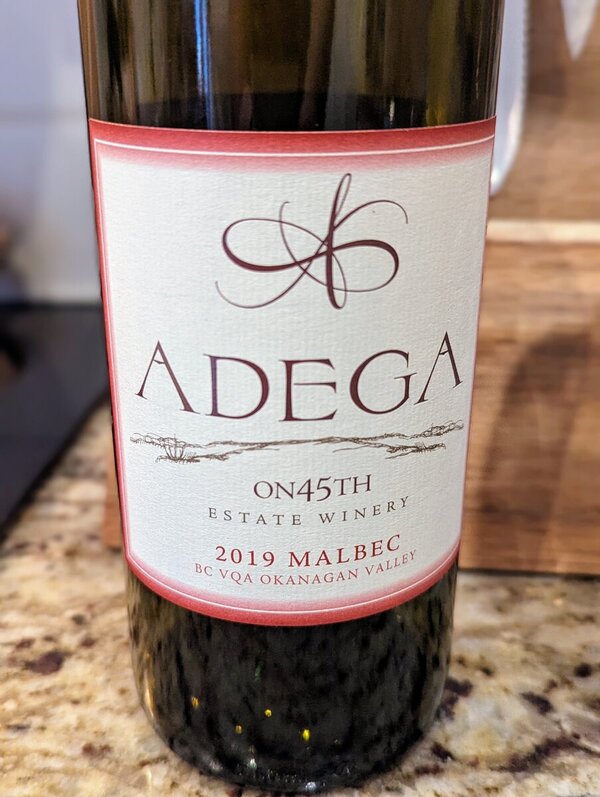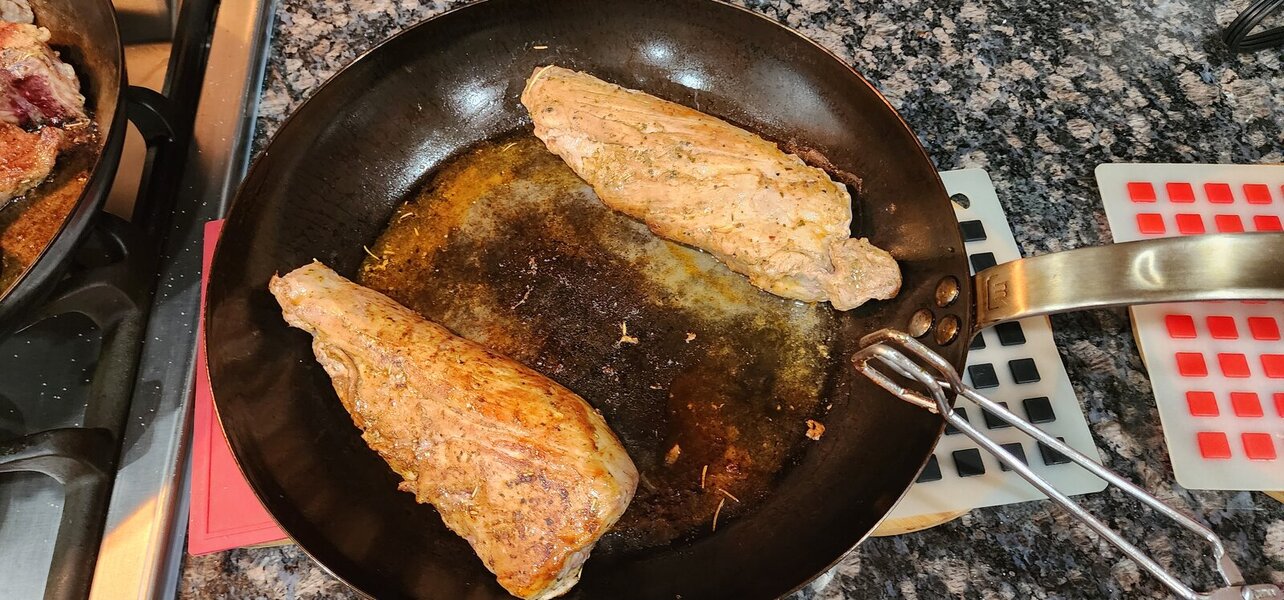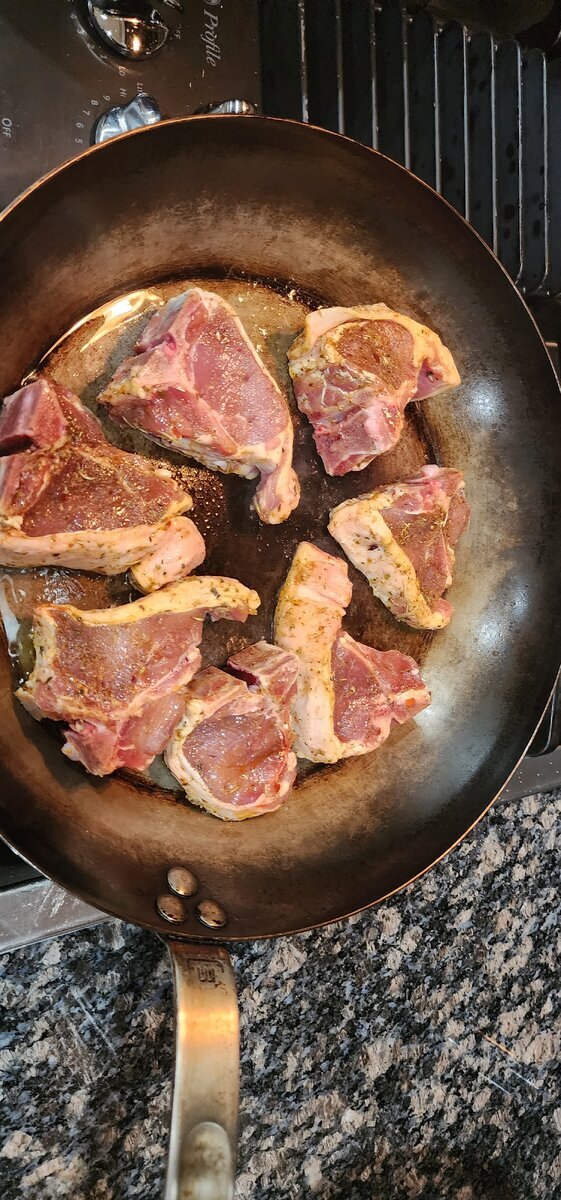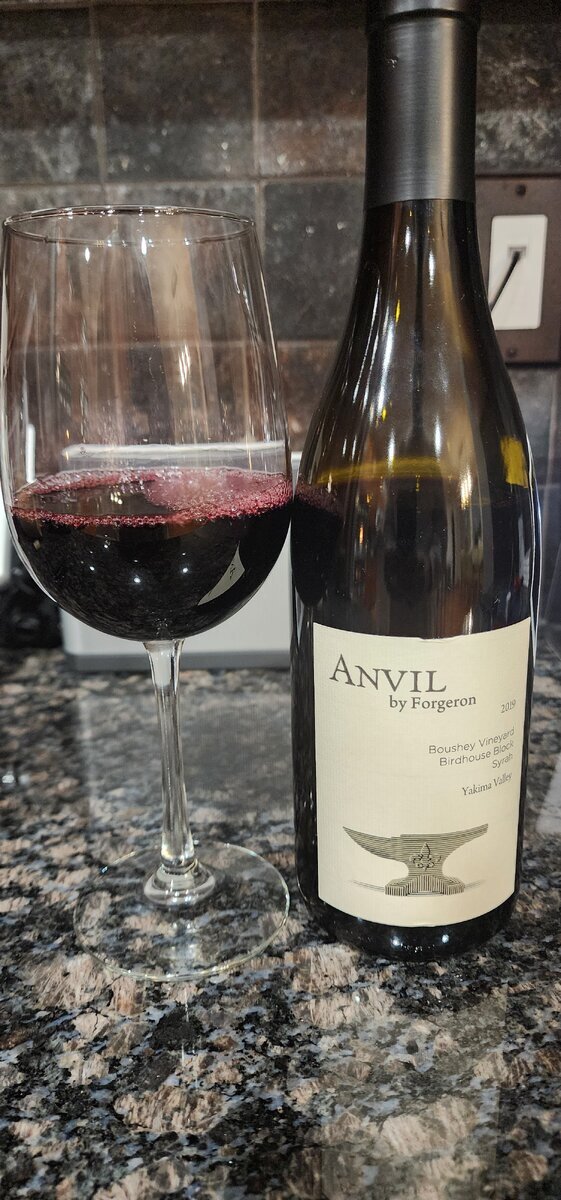erictheobscure
Distinguished Member
- Joined
- Feb 18, 2008
- Messages
- 8,955
- Reaction score
- 9,110
Our summer sublet is about two miles away from K&L Hollywood:

First summer sip (not counting the truly awful Victoria beer I had with delicious Guisados tacos):

First summer sip (not counting the truly awful Victoria beer I had with delicious Guisados tacos):

